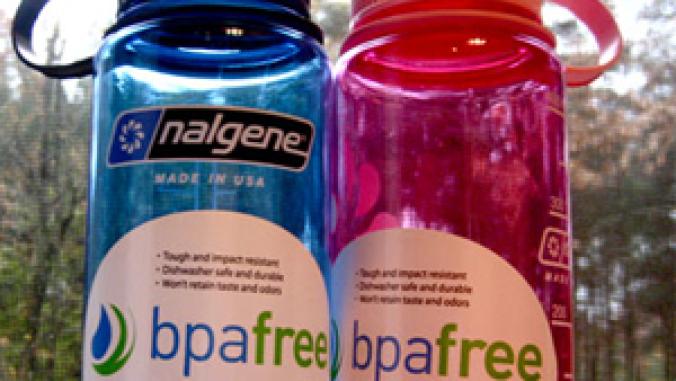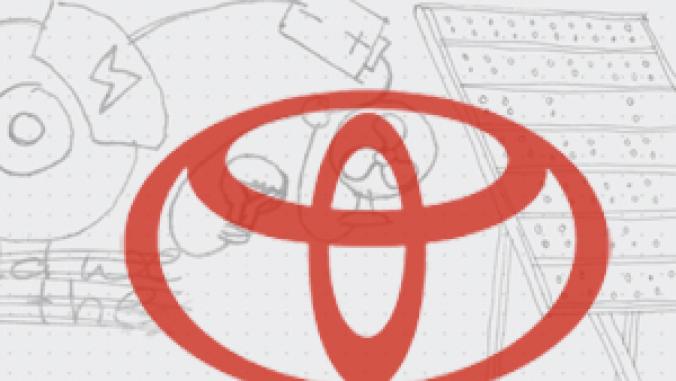Minnesota Lists Car Air Conditioning GHG Leakage Rates
A new Minnesota law that goes into effect Jan. 1 requires automobile manufacturers to publicly report how much of a greenhouse gas their vehicle air conditioners leak.

A new Minnesota law that goes into effect Jan. 1 requires automobile manufacturers to publicly report how much of a greenhouse gas their vehicle air conditioners leak.
Car makers are required to report the leakage rate for the refrigerant HFC-134a for every 2009 vehicle they sell in Minnesota, and the list is available on the Minnesota Pollution Control Agency website. HFC-134a is about 1,400 times more potent than carbon dioxide.
The list includes more than 370 vehicles, and the average leakage rate is 15.1 grams a year, a little over half an ounce and about 2.4 percent of a fully charged air conditioning system. Leakage rates vary from 7 grams to 30 grams, with vehicles leaking as little as .4 percent to up to 4.3 percent of their refrigerant.
The Minnesota Center for Environmental Advocacy says the state is now the first place in the world where consumers can find out how much vehicle air conditioners leak, and the agency attributes the passing of the legislation in 2007 to lower leakage rates.
“This legislation was a success,” said Allison Wolf, MCEA’s legislative director. “Shining a light on leakage rates made auto engineers tighten up air-conditioning systems in this year’s models. And the web site data will help identify the most climate-friendly cars. Addressing global warming will require many small steps like this.”
Car makers are required to report the leakage rate for the refrigerant HFC-134a for every 2009 vehicle they sell in Minnesota, and the list is available on the Minnesota Pollution Control Agency website. HFC-134a is about 1,400 times more potent than carbon dioxide.
The list includes more than 370 vehicles, and the average leakage rate is 15.1 grams a year, a little over half an ounce and about 2.4 percent of a fully charged air conditioning system. Leakage rates vary from 7 grams to 30 grams, with vehicles leaking as little as .4 percent to up to 4.3 percent of their refrigerant.
The Minnesota Center for Environmental Advocacy says the state is now the first place in the world where consumers can find out how much vehicle air conditioners leak, and the agency attributes the passing of the legislation in 2007 to lower leakage rates.
“This legislation was a success,” said Allison Wolf, MCEA’s legislative director. “Shining a light on leakage rates made auto engineers tighten up air-conditioning systems in this year’s models. And the web site data will help identify the most climate-friendly cars. Addressing global warming will require many small steps like this.”




